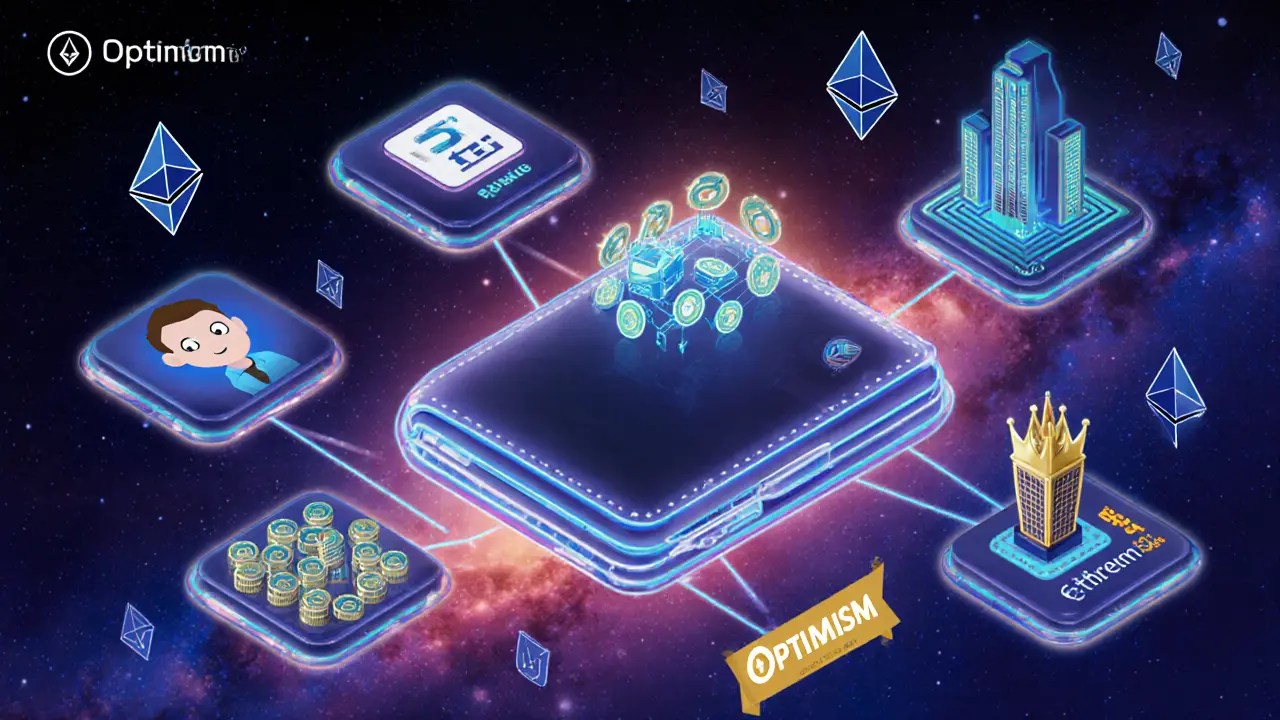DeFi Ecosystem: How Decentralized Finance Building Blocks Shape Crypto Markets
When you hear DeFi ecosystem, a network of open financial protocols that operate without banks or middlemen. Also known as decentralized finance, it’s not just another buzzword—it’s a working alternative to traditional finance built on blockchain. Unlike banks that lock your money behind passwords and paperwork, the DeFi ecosystem lets you lend, borrow, and trade directly through code. These systems run on smart contracts—self-executing programs that automatically handle transactions when conditions are met. No approval needed. No call center. Just rules written in code, running on public blockchains like Ethereum and Optimism.
At the heart of this system are DeFi Money Legos, modular financial tools that connect like building blocks to create complex systems. Think of Uniswap as a swap shop, Aave as a lending library, and MakerDAO as a digital bank. You can take your tokens from one, plug them into another, and earn interest while you trade—all without handing over your ID. That’s composability. And it’s why some DeFi projects explode in value while others vanish: if a protocol can’t snap into the bigger system, it doesn’t survive. The smart contracts, automated agreements that execute without human intervention behind these tools are the real engine. But they’re only as good as their code. A single bug, a misconfigured reward pool, or a hidden admin key can wipe out millions—just like what happened with Terraform Labs or the failed NFT airdrops you see in the posts below.
What you’ll find in this collection isn’t hype. It’s the raw truth behind the tools people actually use—and the ones that turned out to be ghosts. You’ll see how Uniswap v2 on Optimism offered cheap swaps before being replaced, how airdrops like PureFi and MetaGear turned into rumors, and why some tokens like GORK or DRAGONKING have zero real use but still get traded. The DeFi ecosystem isn’t just about earning yield. It’s about knowing which pieces are solid, which are rigged, and which are already abandoned. This isn’t theory. It’s what’s happening right now, in real time, with real money on the line.

